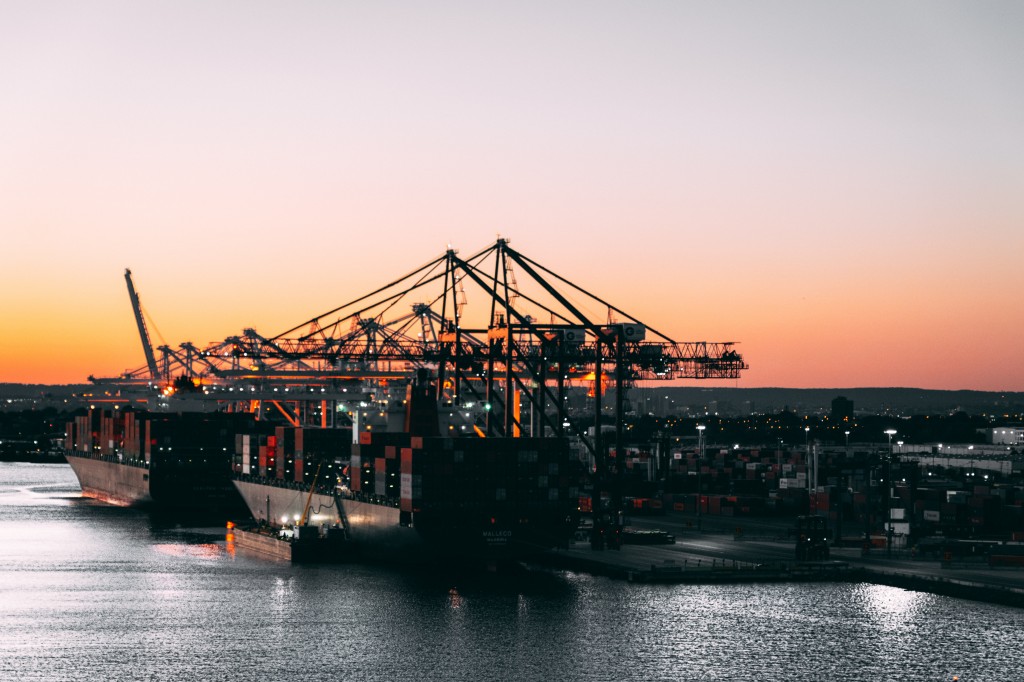You’ve done your market research, sourced a product, built a business plan… now what? Most Canadian or non-resident importers will source their commercial goods overseas, as the cost of manufacturing is much lower. In turn, driving your profit margins!
This is a relatively tried and true formula, that has been employed by businesses — small and large, alike — to keep production/sourcing costs low and ensuring business viability. So, all things considered, it’s a solid venture for importers. This formula shows no signs of slowing down, in fact, global trade has only increased in the past decade.
“Cost is way more important than quality, but quality is the best way to reduce cost.”
Engineer and Statistician, Genichi Taguchi.
Today, we’re going to cover what happens once the items are ready to go in their Country of Origin and ready to be sold in their destination — Canada.

What do you need to look for in an ocean freight carrier?
Like with most business decisions, approaching this with caution is critical. Choosing the wrong ocean carrier for your needs can negatively impact business goals — with wasted time and money! The reality of importing is that your supply chain is directly related to your long term viability. More so, your ability to be flexible and shift priorities as the market, or your business, develops.
So, we’re going to lay out a few criteria that you need to make sure you’re looking at in order to ensure your success.
Regulatory considerations
First and foremost, ensure that the carrier you’re looking at is well aware of any regulations that would apply for shipment of goods to Canada. Most often, carriers that work with many importers in Canada are hyper-informed about the rules and regulations — but never assume!
Price point
Most importers, especially first-timers are quite price sensitive. Keeping a really close eye on your bottom line is integral to your success as a business! In that regard, it’s important to take note that more carriers will charge you by the size of your shipment. Below, you’ll find a piece we did that covers all the different types of shipment options for
Read more: Container Shipping: A Crash Course.
“FCL, LCL, exams, container sizes, fluctuating costs… there’s a lot to know if you’re shipping overseas.”
Route taken
Surprise, surprise! When you have a shipping destination in mind (i.e. Canada), you need to be mindful of the route that the carrier will take. The Panama and the Suez Canal both have routes from China to North America, however, there are lower tolls on the route. Alternatively, the Panama Canal may be quicker, but more pricey. The saying “always take the scenic route,” need not apply! (However both canals are quite beautiful.)

You can also do some additional reading on ocean carriers here:
What You Need to Know About the New Ocean Carrier Alliances
Ocean Marine Insurance: Why Your Cargo Shouldn’t Leave Home Without It
Making sense of the complex network of carriers, forwarders, importers, exporters (need we go on?) can be a little intimidating — to say the least. Which is certainly understandable! On top of getting a good handle on the regulations that apply to your goods in Canada, the shipment and labeling specifications, you also need to know what you’re looking for in terms of collaborators and partners.
To approach with caution, we do recommend pairing up with a customs broker you can trust as early on in the process as you can. They can work as a partner that can help you navigate the specific regulatory framework in Canada. Get the conversation started today. 0 committment.

 Payment
Payment  My Account
My Account